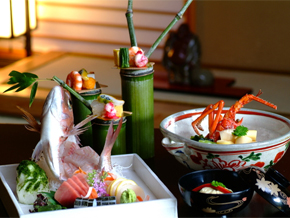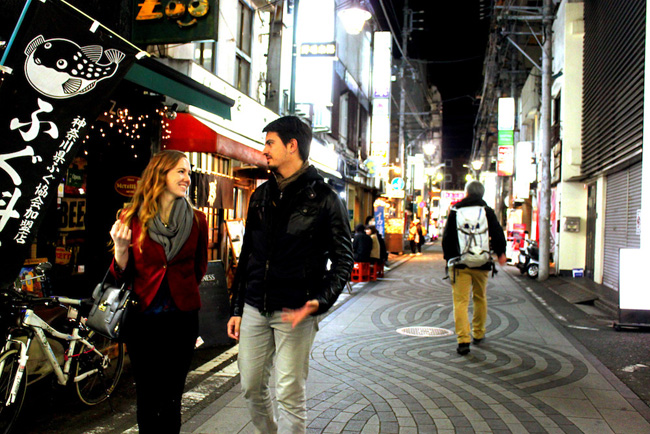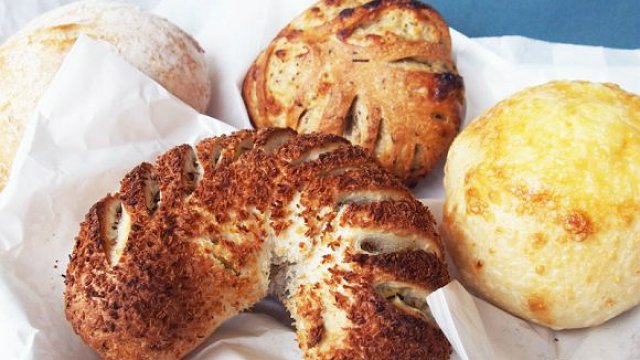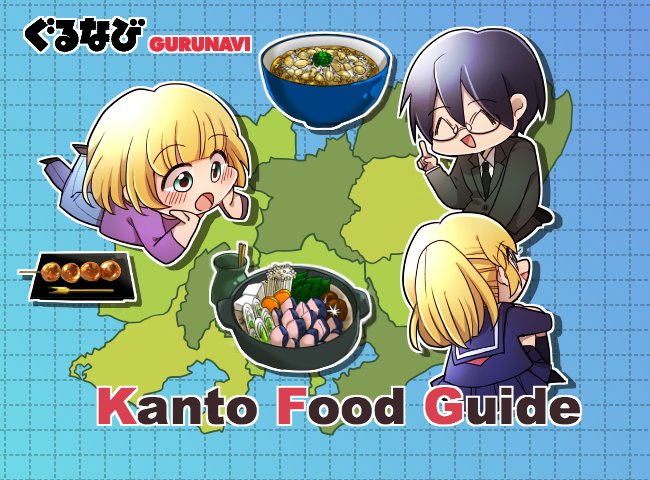"Beef nabe (hot pot)"
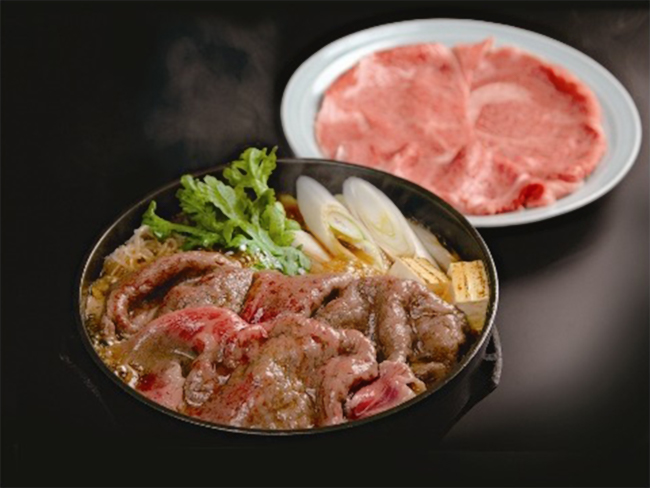 Photos and Original Japan Article: Gurutabi
Photos and Original Japan Article: Gurutabi
The predecessor to Sukiyaki! Yokohama City's beef Nabe (hot pot) is the "flavor of cultural enlightenment"
Beef Nabe (hot pot), the predecessor to "Sukiyaki" originated in Yokohama City during Japan's Meiji Era (approximately 1868~1912), at a time of cultural enlightenment. Due to the city's seaport, the city was influenced by Western culture, and many shops started to imitate Westerners by opening shops to serve beef near locations where Westerners stayed. Initially, beef was grilled on skewers, however, to better suit the Japanese palate, "beef Nabe (hot pot)" was invented. In some regions, Sukiyaki is prepared by cooking the meat first before adding in the Sukiyaki sauce, while other regions cook the beef in the Sukiyaki sauce. The "beef Nabe (hot pot)" was prepared using the later method, and in some restaurants serving "beef Nabe (hot pot)" since the Meiji Era, beef is not thinly sliced, but cut into large pieces."Sanmamen" (Been sprout ramen)
 Photos and Original Japan Article: Gurutabi
Photos and Original Japan Article: Gurutabi
Kanagawa prefecture's specialty ramen, prepared with generous portions of fresh bean sprouts and pork
"Sanmamen (Bean sprout ramen)" is a regional specialty ramen served in Kanagawa prefecture. "Sanma" refers to three fresh food ingredients: "bean sprouts," "pork," and "Chinese cabbage," lead to it's naming. The noodles are thin, and the soup is prepared as salt or soy sauce flavor, topped with a starch sauce prepared with bean sprouts, cabbage, wood-ear mushrooms, fish cake, and thinly-sliced pork etc. The various food ingredients provides a nutritiously-balanced, satisfying volume. "Sanmamen (Been sprout ramen)" is especially commonly enjoyed in regions south of Tama River, and east of Oigawa River, long-established as a regional dish representative of Kanagawa prefecture.
Yokohama Beer
 Photos and Original Japan Article: Gurutabi
Photos and Original Japan Article: Gurutabi
Homemade flavor enjoyed in "Yokohama City," where Japanese beer originated
In Yokohama City, where Japanese beer originated in 1995, local homemade beer was prepared with select water, hops, and malt. Lead by the internationally recognized beer brand that won various awards, the white beer "Weizen," a total of 7 beer selections, including a fruit beer prepared with local peaches grown in Yokohama City, limited edition beer using malt from Seya Ward in Yokohama City, and other beers of various flavors are offered. These original beer brands can be enjoyed as draft beer together with cuisine prepared with locally-grown vegetables, served at restaurant "Umaya no Shokutaku," attached to and directly-managed by the brewery.Yokohama-Iekei Ramen
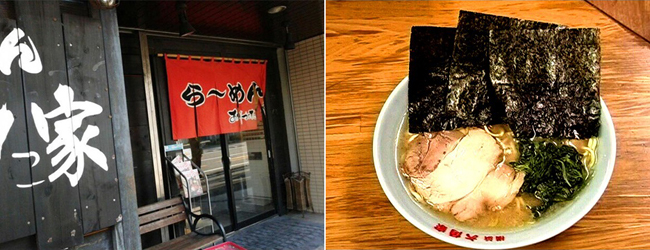 Photos and Original Japan Article: Gurutabi
Photos and Original Japan Article: Gurutabi




